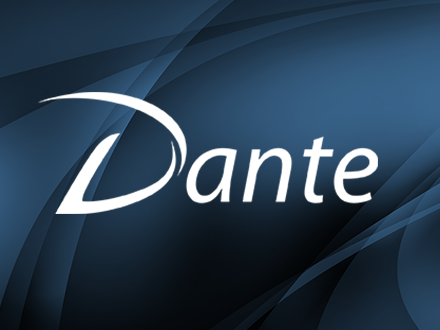Mapping Customer Segmentation to Loyalty
Who Are My Loyal Customers?
To address some of the market realities that exist with loyalty programs, one of the facets to leverage is identifying your customer base and being able to assign various categories or labels to your customers that provide information about them. The information collected about customers and the ability to place customers into groups that share common characteristics is called customer segmentation. Using customer segmentation as part of your loyalty program strategy is crucial in providing retention and the opportunity for increased revenue.
How does a company go about defining and identifying their customer segments? Is it enough to determine segments that are informative for the company? Customer segmentation, in conjunction with deeper analytical methods, can provide more value and a predictive path forward for loyalty programs.
For now, let's start with some of the basic customer segmentation measurements that can be used quickly and easily to provide some immediate value on segmentation. To help establish valuable customer segments quickly, businesses can use RFM scoring. CRM Trends indicate that RFM (Recency, Frequency, Monetary) scoring helps simplify the segments and is a low-budget alternative to predictive modeling. Once you have your initial segments defined by RFM or other methods, you can determine the LTV.
In the case of a loyalty program, the Lifetime value, or LTV, is calculated to determine whether the segment being used is providing an overall return on the value of the program. If the LTV for a particular segment is not profitable, it may be useful to refine the customer segment or no longer make a significant financial investment in marketing to that segment.
Both RFM and LTV are used to aid with defining and refining customer segments. But from a SAS presentation "Customer Segmentation Made Simple", there are a variety of more advanced analytical methods used to determine and apply customer segmentation to assist with loyalty programs - Self-Organizing Maps (SOM), Ensemble Methods, Transaction or Time Series segmentation.
Self-Organizing Maps (SOM) produce a low-dimensional view that encapsulates several inputs and helps "map" new customer segments based upon those inputs. Ensemble method creates a new customer segment by taking existing customer segments and merging them together. Transaction or Time Series mapping methods use sophisticated, mathematical patterns and formulas to determine the outcome of new customer segments.
Whatever method or methods (basic or advanced) used by a business to define their customer segments still achieves the same goal of defining a CRM strategy that a company can follow.
Customer segmentation is not a panacea for loyalty programs, but when exercised effectively and used in combination with other customer experience inputs and advanced analytical methods, segmentation can be a powerful tool in growing and retaining your customer base.
The Dante team has the experience and expertise to create you an active loyalty program through effective customer segmentation and actionable analytics.
